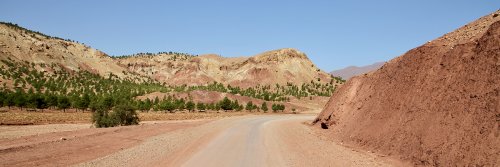Hiding high in the dusty Atlas Mountains of Morocco, where the air is tainted with cinnamon and mint, sits the red fairytale vision of the Telouet Kasbah. Like a magical apparition hanging over endless waves of rusty sand under a vast, endless blue sky, it will have you spellbound. Morocco is an exotic earthy palette of people and culture built layer upon layer of grains of sand. For those into history or who have a passion for crumbling reminders of just how old this land is, Telouet Kasbah is on a par with seeing the ancient fortified village of Ait Benhaddou. This land is a haven for anyone seeking a cultural adventure, where breathtaking scenery has remained essentially unchanged since its earliest inhabitants, who arrived around 12,000 BC. These nomads from Southeast Asia were followed by the Berber people of North Africa, who also left their footprints in the sand.
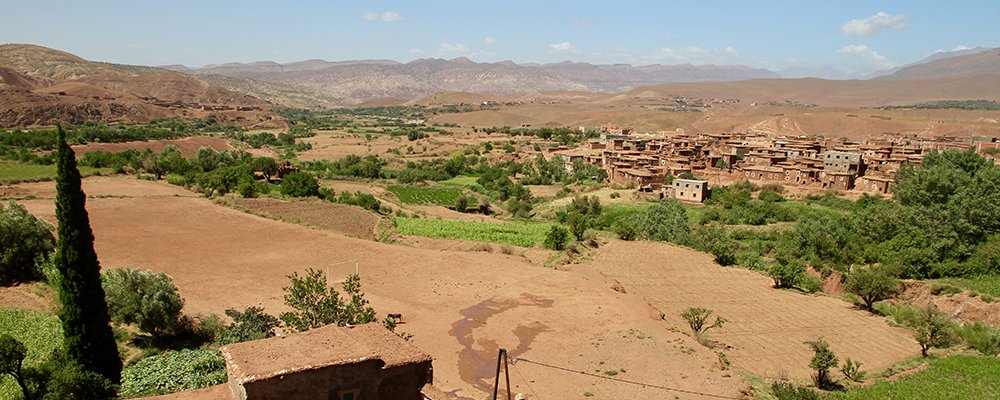
Sitting in the Ounila Valley, a historically rich area of southern Morocco, Telouet Kasbah's location was built near working salt mines and along the once heavily trodden caravan route from the Sahara to Marrakech. Meandering its way through the Draa Valley, the heavily fortified villages of Ait Benhaddou and Telouet and over the formidable High Atlas Mountains through river valleys lined with palm oases such as the Tizi n’Tichka pass creating a link for the trade of goods (salt, barley, dates, slaves, gold, ivory and even ostrich feathers) to Marrakech's markets during the 8th to the 17th Centuries. The riotous jumble of thousands of people leading camels bowed down with goods would stretch as far as the eye could see. Known as 'ships of the desert', camels were the primary mode of travel and goods transportation in the 'ocean of sand'. This trans-Saharan trade route was undertaken by Berber, Arab, and Jewish people, which in turn fostered economic and cultural exchange during the long trek and stopovers along the way in fortified settlements for shelter and security from bandits.
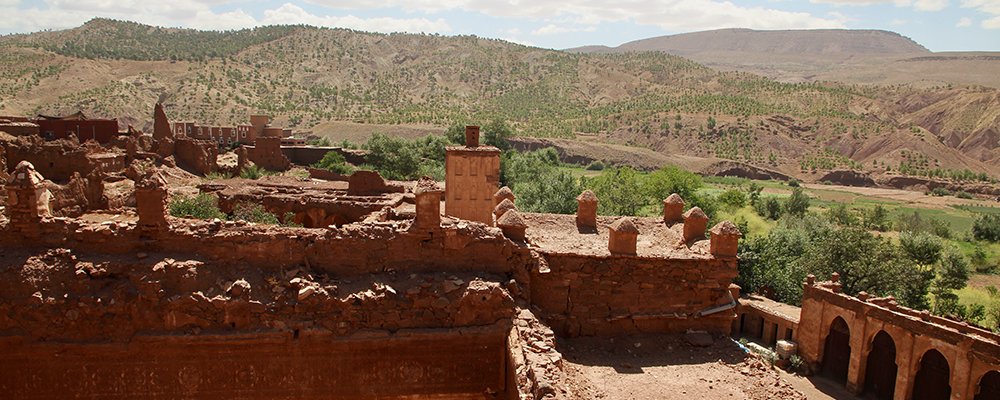
Driving to Telouet Kasbah is an adventurous experience of traversing a narrow, forever-winding mountain road that twists and turns, navigating through lush green palm groves where quirky donkeys and curious goats freely roam amidst sun-baked mud houses that huddle in small villages or climb precarious rocky slopes. The call of muezzins echoes throughout the land. It's a 4 x 4 drive only along the dirt, leaving a trail of dust in your wake. The closer you get to Telouet, the more rugged and glaringly rich in color the earth becomes and as if by magic, this domineering remnant of yesteryear appears on a hillside rising from the harsh dry land as a reminder of an ancient and opulent way of life.
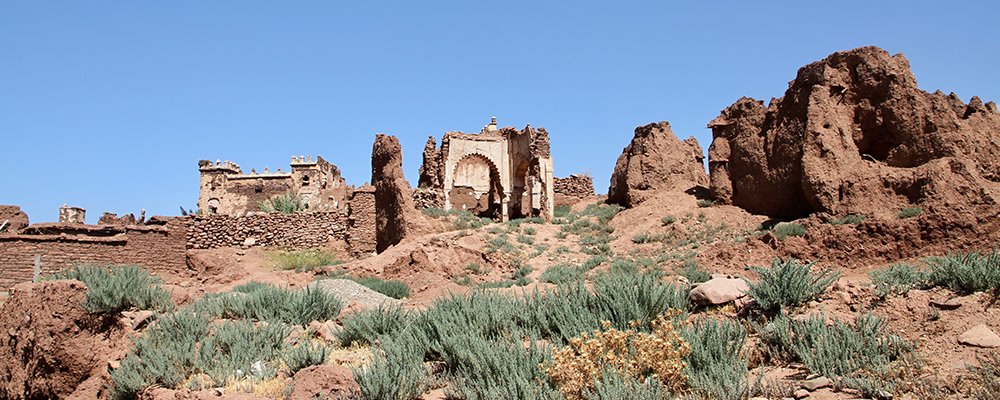
Known as ‘The Kasbah of a Traitor’, it’s the former hub of power for the Glaoui family. The devious clan leader and Pasha of Marrakesh (high ranking official of the Alaouite monarchy) in 1912, Thami El Glaoui, aligned himself with French colonial forces in an attempt to depose the then Sultan of Morocco, Sultan Mohammed V. The Glaoui clan held great wealth and power achieved by trade levies and controlling local vices. They had impressive land holdings throughout the Atlas Mountains, which funded a barbaric and opulent lifestyle, giving him the moniker of the 'Lord of the Atlas'. He was one of France's key collaborators, which ended in his downfall and the abandonment of the kasbah when Morocco became independent in 1956. Today, his name reverberates through Moroccan history as that of a traitor.
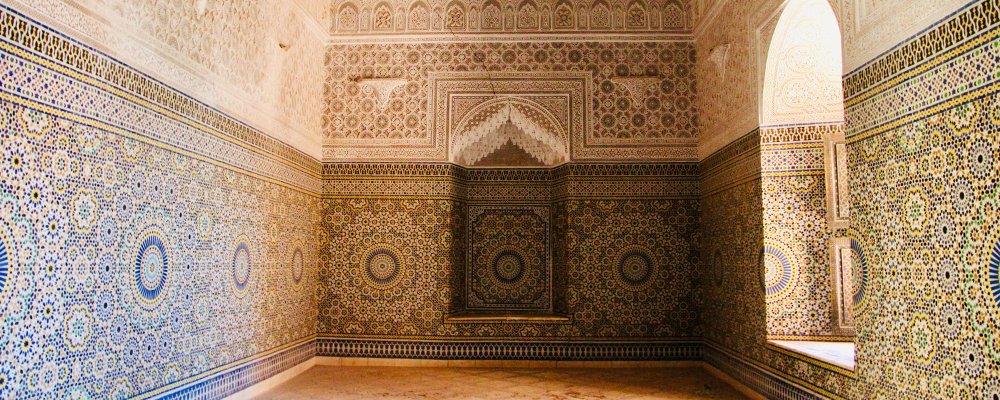
Telouet Kasbah is a testament to the former grandeur of the ruthless Glaoui family dynasty, which began in 1860 with the laying of the first mud brick. Over the years it was expanded and with the use of meticulous and skilled artisans has left a showcase of beautiful mosaics and carvings, intricate zellige tile work, and cedar decorations that sadly today are crumbling back into the earth from whence it was created. Wealth and decadence were displayed in an unashamed display of opulent living of the souls who inhabited this iconic structure of Berber, Arab, and French influences that has weathered both the sun, wind, rain, and the souls behind its doors. One can imagine the swish of flowing gowns, the whispered plottings echoing in airy courtyards, and the clatter of horses' hooves on stones, as the people ebbed and flowed through its fortified walls.
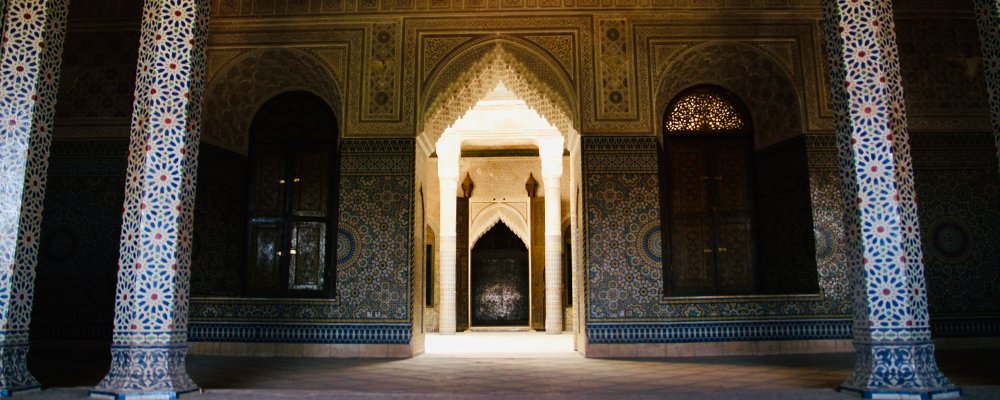
I was lucky enough to poke around the inside of the kasbah. But, after the 2023 earthquake in Morocco, the kasbah had its doors closed due to the damage caused by the rumbling earth. It's still possible to explore the outside of Telouet Kasbah, which I strongly recommend for its atmospheric appearance and stunning location. Once you've circled this incredible monument of yesteryear and breathed in its scent of mystery it’s possible to hike into the surrounding mountains, take a dip in hidden waterfalls, continue the bumpy ride to see the old Telouet salt mines, or visit a nearby Berber village for a taste of local life that will take you back in time.
Gail Palethorpe, a self proclaimed Australian gypsy, is a freelance writer, photographer and eternal traveller. Check out her website Gail Palethorpe Photography and her Shutterstock profile.

